Platelet-Rich Plasma (PRP) Hair Therapy has gained significant popularity as a regenerative treatment aimed at combating hair thinning and alopecia. This innovative approach utilizes the body’s own healing mechanisms to stimulate hair growth, making it an appealing option for those seeking non-invasive solutions. As a procedure that involves drawing a small amount of blood, processing it to concentrate platelets, and injecting it into the scalp, PRP Hair Therapy is designed to enhance hair follicle health and promote natural growth cycles. While many individuals explore this treatment for its potential benefits, understanding whether PRP Hair Abu Dhabi or in other regions offers permanent results is essential for setting realistic expectations.
How PRP Hair Therapy Works
The Science Behind PRP
PRP therapy taps into the body’s regenerative potential. Platelets are rich in growth factors — proteins that aid tissue repair and regeneration. By isolating these platelets from a person’s blood and injecting them into the scalp, the procedure aims to rejuvenate dormant hair follicles, improve scalp health, and stimulate new hair growth. This process encourages enhanced blood flow and nutrient delivery to hair follicles, creating an environment conducive to healthy hair development.
The Treatment Process
Typically, the process involves several steps: blood collection, centrifugation to separate platelets, and precise injections into targeted scalp areas. The procedure is usually quick, minimally invasive, and often performed in multiple sessions to achieve optimal results. The frequency and duration of treatment depend on individual hair loss patterns and response to therapy.
Do PRP Hair Therapy Results Last Permanently?
The Nature of Hair Regrowth
While PRP Hair Therapy can significantly improve hair density and quality, it is important to recognize that hair growth is a dynamic process influenced by genetics, hormonal factors, and overall health. PRP treatments are primarily designed to stimulate and prolong the active growth phase of hair follicles, leading to thicker, healthier hair. However, they do not alter the underlying causes of hair loss or permanently halt the natural hair cycle.
Are Results Permanent?
Most experts agree that PRP Hair in Abu Dhabi and similar therapies typically offer long-lasting improvements but are not guaranteed to be permanent. The effects of PRP tend to last for several months to a couple of years, after which maintenance sessions may be necessary to sustain results. Continuous hair care, a healthy lifestyle, and addressing any underlying medical conditions can help prolong the benefits achieved through PRP therapy.
Factors Influencing Longevity
The durability of PRP results depends on various factors, including the extent of hair loss, individual response to treatment, and ongoing scalp health. For some, the therapy may serve as an effective part of a comprehensive hair restoration plan that includes other treatments or lifestyle modifications for more enduring outcomes.
Benefits of PRP Hair Therapy
Natural and Non-Invasive Approach
One of the key advantages of PRP is its use of the patient’s own blood, eliminating the risk of allergic reactions or adverse immune responses. The minimally invasive nature of the procedure means minimal downtime and discomfort, making it accessible for many individuals.
Stimulates Natural Hair Growth
PRP encourages the body’s natural healing processes, leading to the regeneration of hair follicles and improved scalp health. This biological approach supports natural hair growth patterns rather than relying on synthetic or chemical solutions.
Suitable for Various Stages of Hair Loss
PRP therapy can be customized to suit different degrees of hair thinning, making it a versatile option. It can be used as a standalone treatment or combined with other hair restoration methods for enhanced results.
Limitations and Expectations
Not a Permanent Cure
While PRP can significantly improve hair density, it is not a permanent cure for hair loss. The need for ongoing maintenance treatments is common to sustain the benefits.
Variable Response
Individual responses to PRP therapy vary widely. Some individuals may experience substantial improvements, while others might see more modest results. Factors such as age, genetics, and overall health influence outcomes.
Complementary Treatments
For lasting results, PRP is often integrated into a broader hair care regimen, including medical therapies, lifestyle changes, or surgical options when appropriate. Consulting with a specialist helps tailor an effective, personalized plan.
Long-Term Planning for Hair Health
Combining Treatments for Better Outcomes
To maximize and prolong the benefits of PRP Hair Therapy, combining it with other treatments — such as topical medications or hair transplant procedures — can be advantageous. A comprehensive approach addresses both the symptoms and root causes of hair loss.
Lifestyle and Nutrition
Maintaining a balanced diet rich in essential nutrients, managing stress, and avoiding damaging hair practices contribute to healthier hair and scalp, enhancing the longevity of PRP results.
Regular Follow-ups
Periodic evaluations and maintenance sessions ensure ongoing scalp health and hair vitality, supporting sustained improvements over time.
Final Thoughts
In summary, PRP Hair Therapy offers a promising, natural method to stimulate hair growth and improve hair quality. While it provides notable benefits and can significantly enhance appearance and confidence, it is not a permanent solution to hair loss. The effects tend to last for several months to a few years, contingent upon individual factors and ongoing care. For those considering this treatment, understanding its capabilities and limitations helps in making informed decisions and setting realistic expectations for long-term hair health.
FAQs about PRP Hair Therapy
1. Can PRP Hair Therapy permanently stop hair loss?
PRP therapy primarily stimulates hair growth but does not address the underlying causes of hair loss permanently. Regular maintenance sessions and comprehensive hair care strategies are essential for sustaining results.
2. How often should I undergo PRP treatments for optimal results?
Typically, a series of initial sessions are recommended, spaced about four to six weeks apart. Maintenance treatments may be needed every few months to preserve the benefits, depending on individual response.
3. Is PRP Hair Therapy suitable for all types of hair loss?
PRP is most effective for androgenetic alopecia and early-stage hair thinning. It may be less effective in cases of extensive scarring hair loss or advanced baldness, where other interventions might be necessary.
4. Are the results of PRP Hair Therapy noticeable immediately?
Results generally develop gradually over a few months as hair follicles respond to the stimulation. Visible improvements in hair density and quality typically become apparent after three to six months post-treatment.

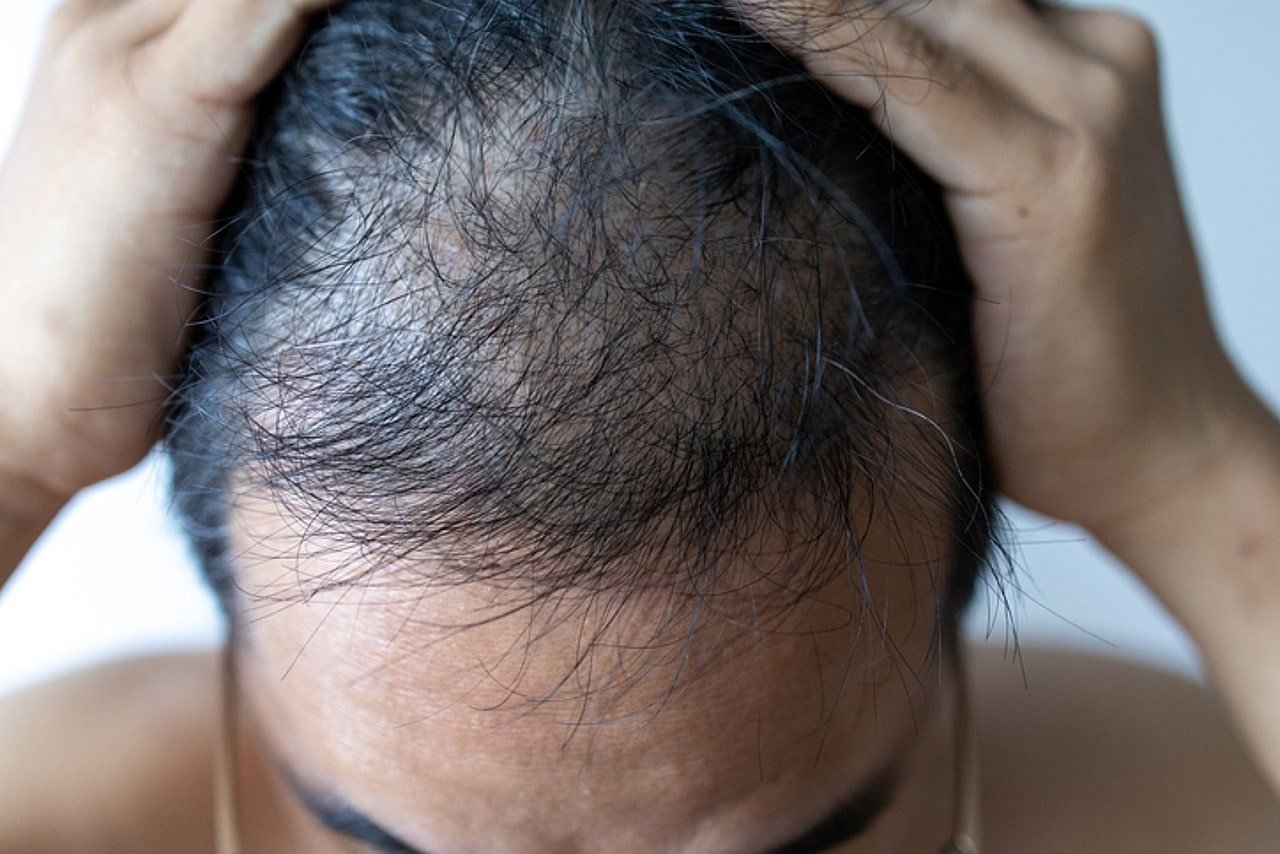
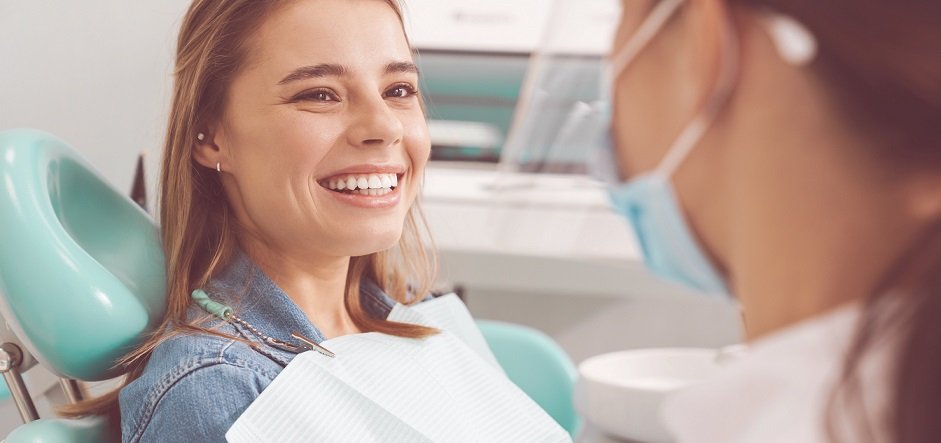
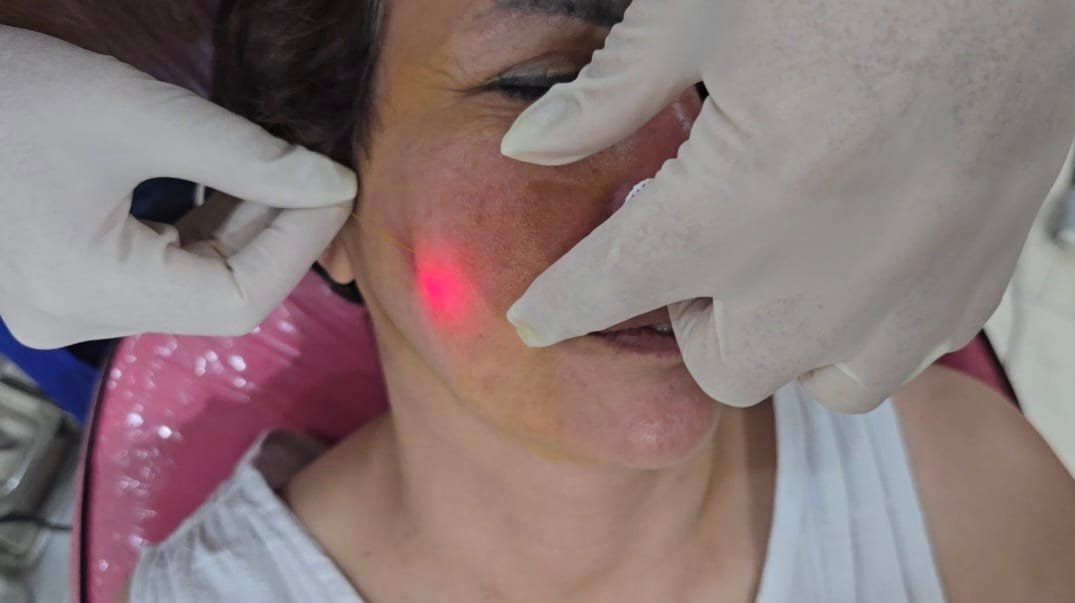
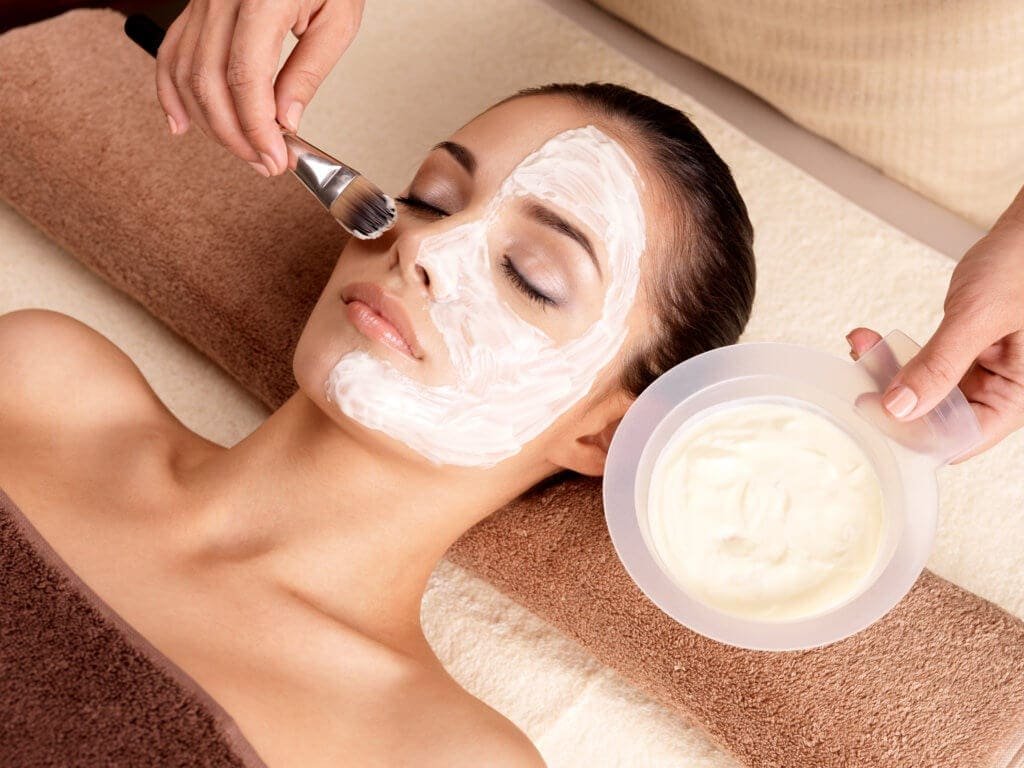
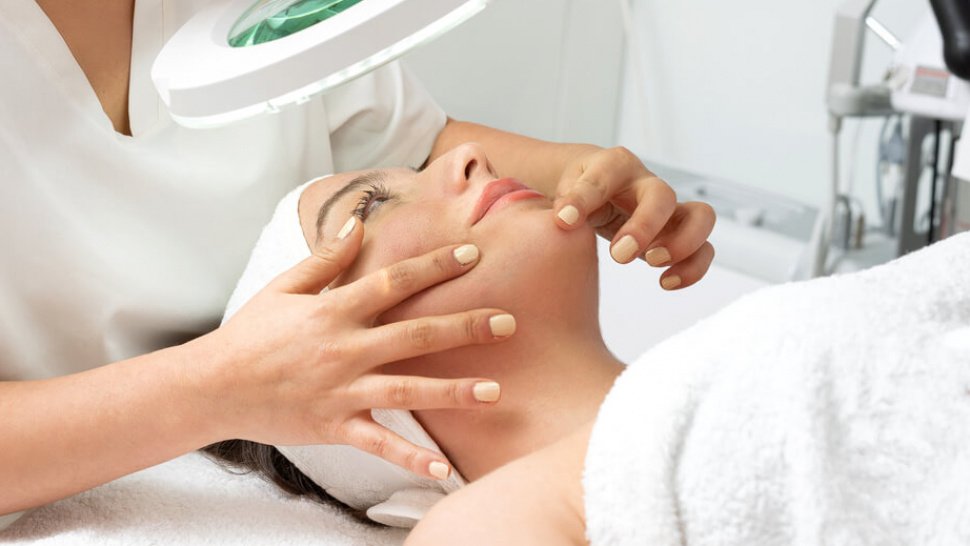
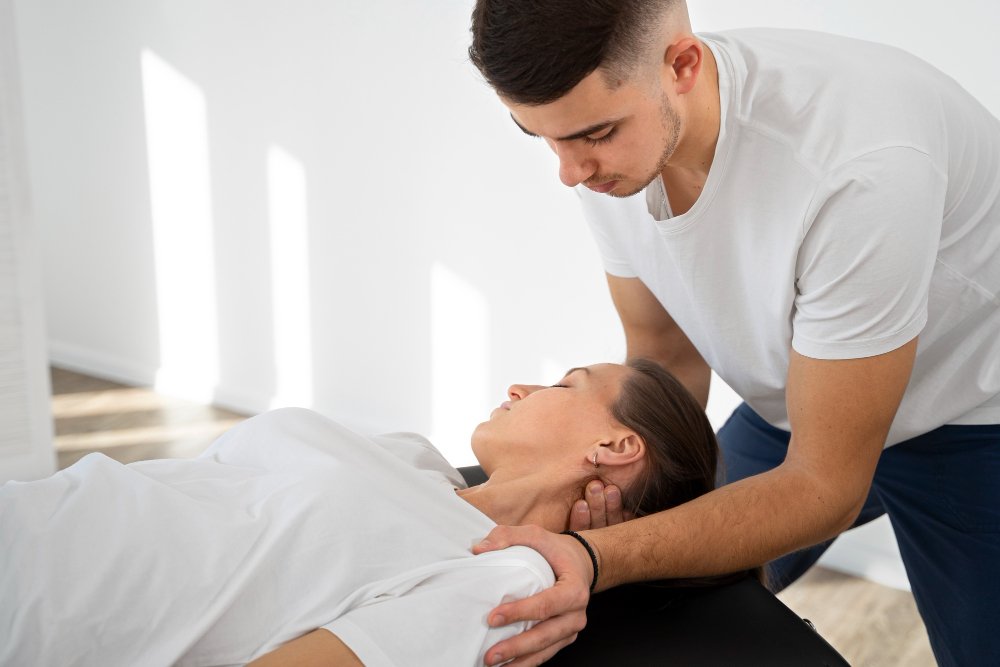
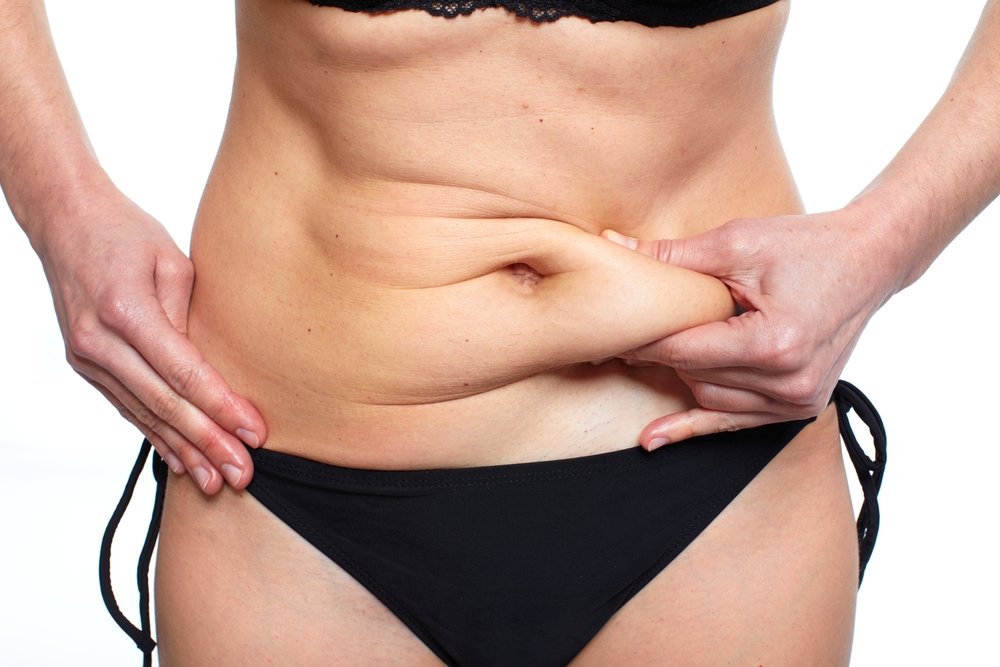
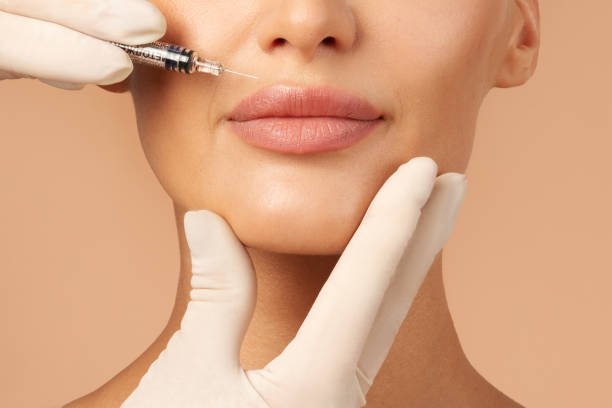

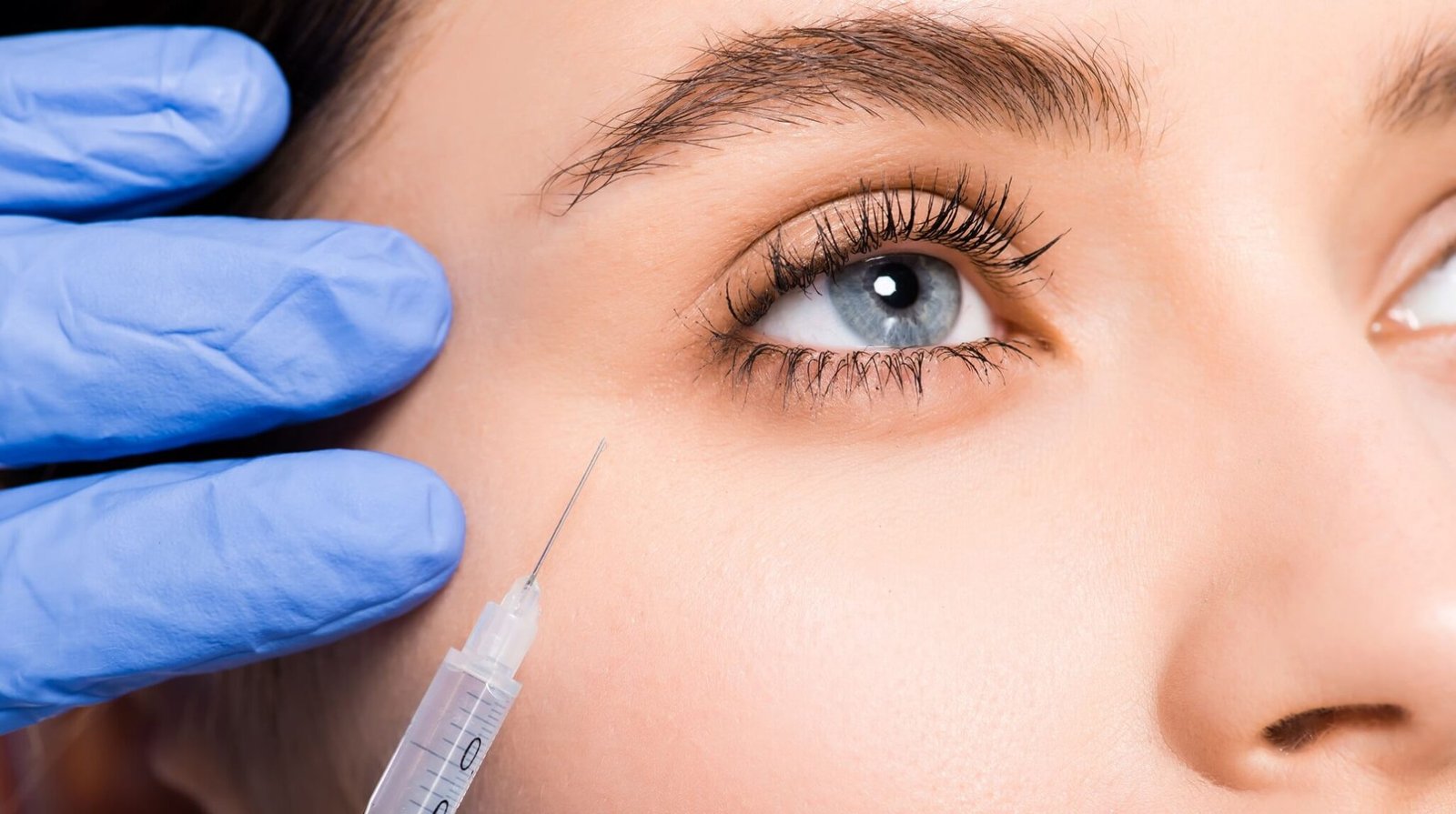
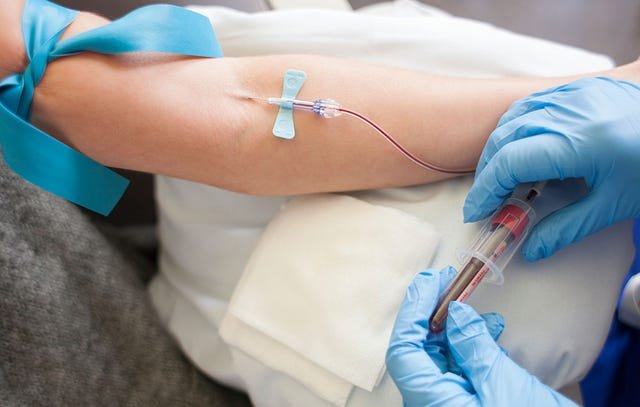

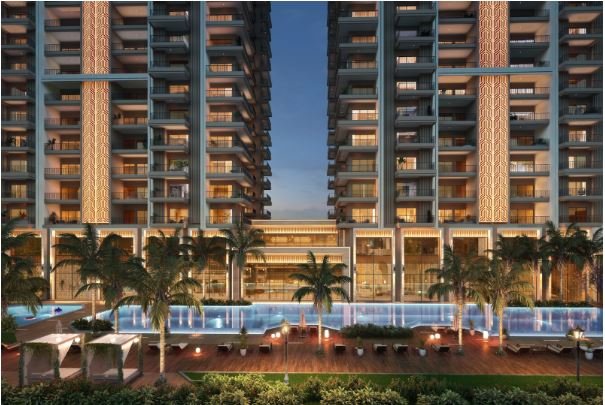
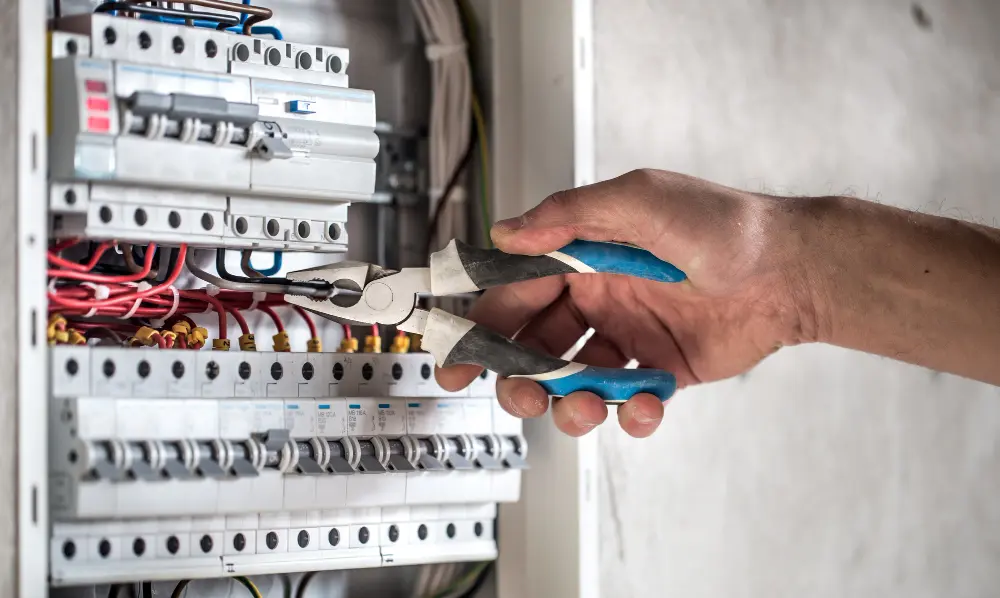

Leave a Reply